
Cascade Layers Guide
This is your complete guide to CSS cascade layers, a CSS feature that allows us to define explicit contained layers of specificity, so that we have full control over which styles take priority in a project without relying on specificity …

Centering in CSS Guide
Centering things in CSS is the poster child of CSS complaining. Why does it have to be so hard? They jeer. I think the issue isn’t that it’s difficult to do, but in that there so many different ways of …
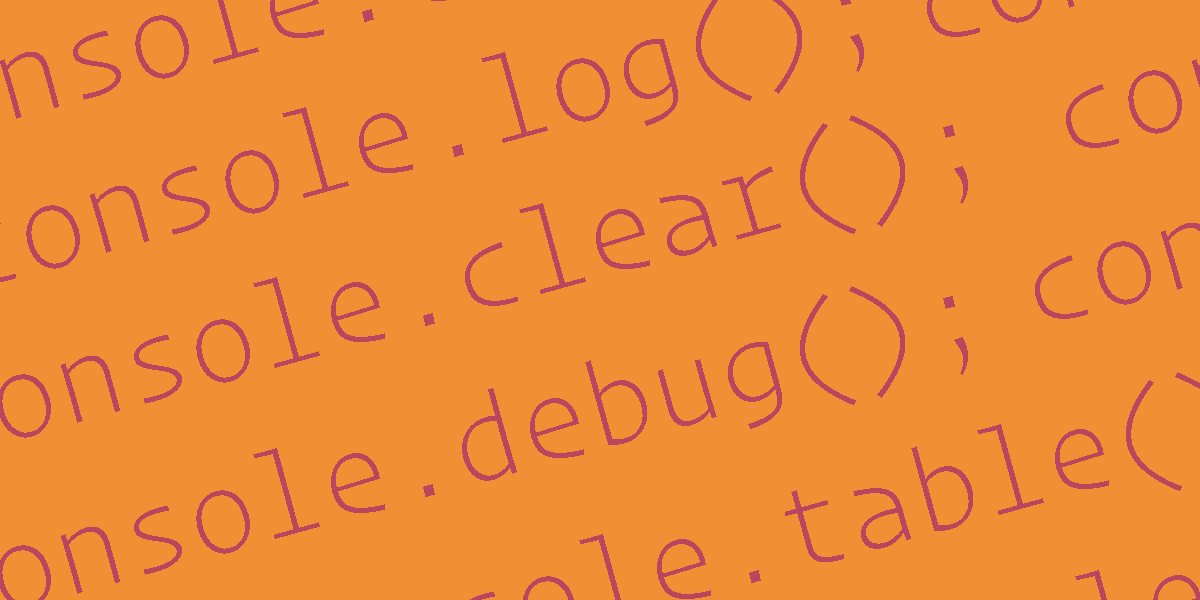
Console Commands Guide
The developer’s debugging console has been available in one form or another in web browsers for many years. Starting out as a means for errors to be reported to the developer, its capabilities have increased in many ways; such as …

CSS Container Queries
The main idea of CSS Container Queries is to register an element as a “container” and apply styles to other elements when the container element meets certain conditions.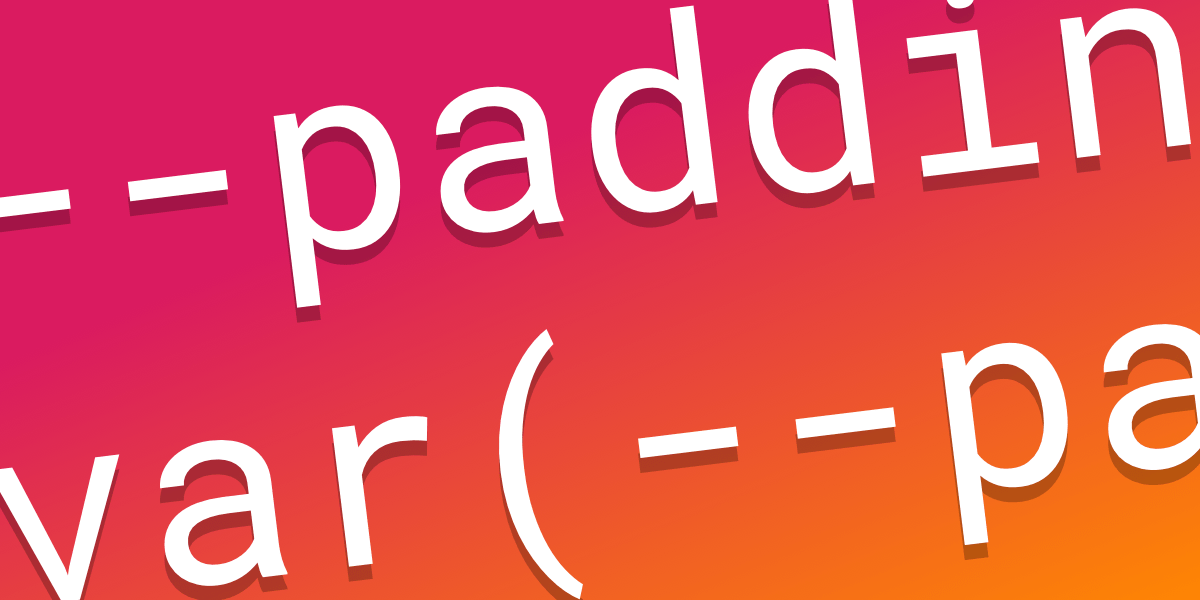
CSS Custom Properties Guide
Everything important and useful to know about CSS Custom Properties. Like that they are often referred to as "CSS Variables" but that's not their real name.
CSS Flexbox Layout Guide
Our comprehensive guide to CSS flexbox layout. This complete guide explains everything about flexbox, focusing on all the different possible properties for the parent element (the flex container) and the child elements (the flex items). It also includes history, demos, patterns, and a browser support chart.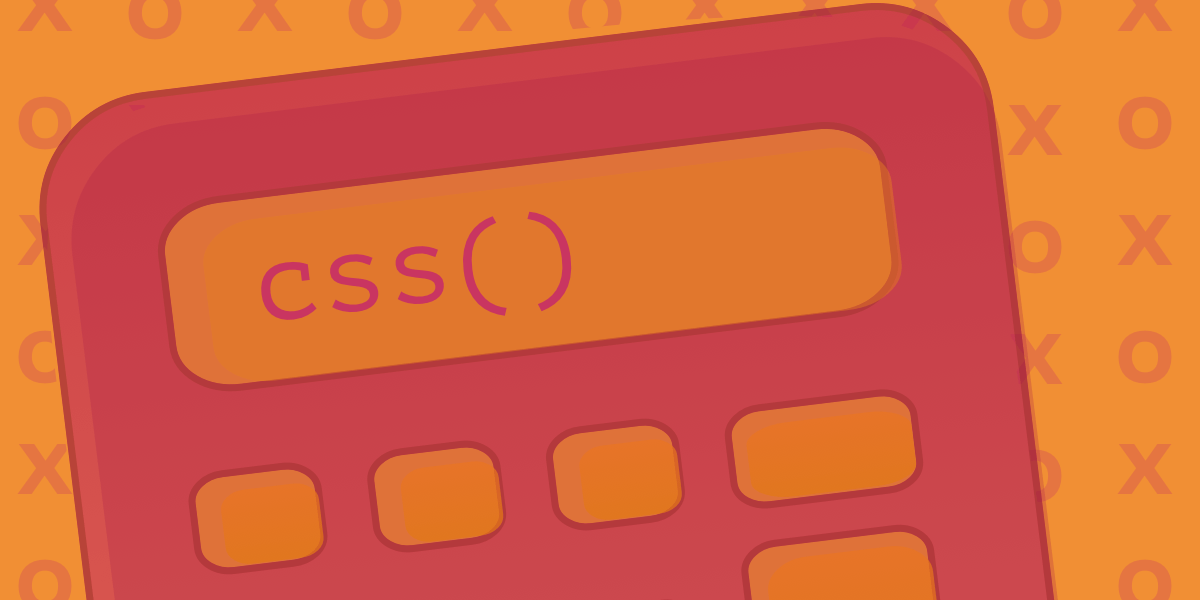
CSS Functions Guide
Like any other programming language, CSS has functions. They can be inserted where you’d place a value, or in some cases, accompanying another value declaration.
CSS Gradients Guide
Like how you can use the background-color property in CSS to declare a solid color background, you can use the background-image property not only to declare image files as backgrounds but gradients as well. Using CSS gradients is better for control and performance than using an actual image (of a gradient) file.
CSS Grid Layout Guide
Our comprehensive guide to CSS grid, focusing on all the settings both for the grid parent container and the grid child elements.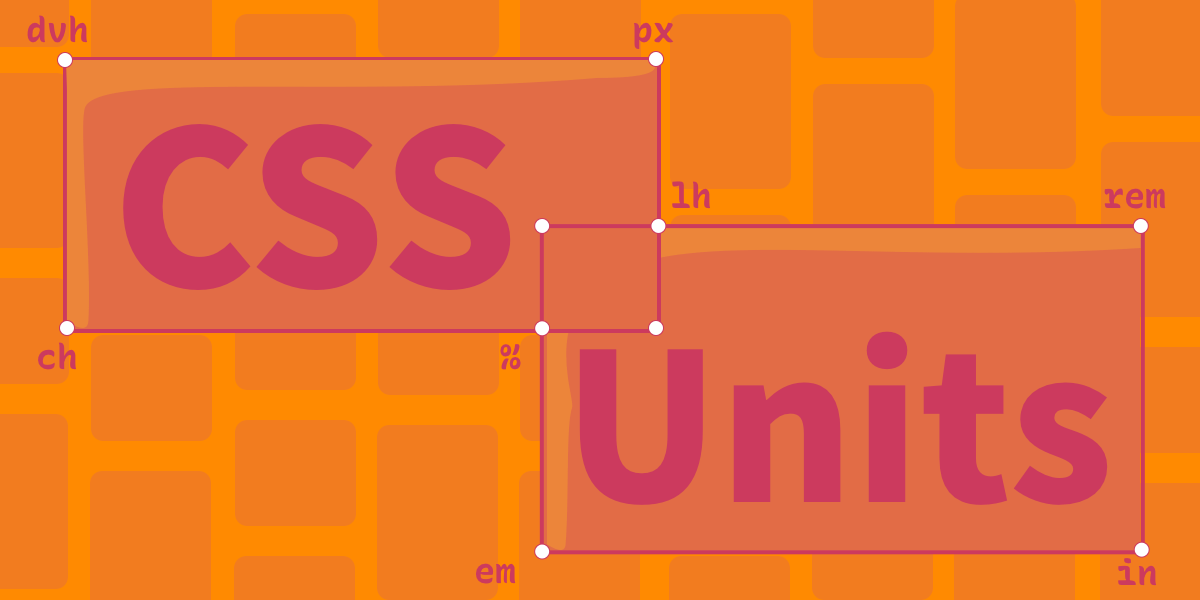
CSS Length Units
A comprehensive guide covering nine types of lengths that CSS uses to size elements in terms of dimensions, space, time, and even sound.
CSS Media Queries Guide
Media queries can modify the appearance (and even behavior) of a website or app based on a matched set of conditions about the user's device, browser or system settings.
CSS Selectors
A complete guide covering all of the various methods we have to select elements in CSS and how to use them for applying styles.
Dark Mode in CSS Guide
“Dark mode” is defined as a color scheme that uses light-colored text and other UI elements on a dark-colored background. Dark mode, dark theme, black mode, night mode… they all refer to and mean the same thing: a mostly-dark interface rather than a mostly-light interface.
HTML Data Attributes Guide
Everything you ever wanted to know about data attributes in HTML, CSS, and JavaScript.
HTML Responsive Images Guide
This guide is about the HTML syntax for responsive images (and a little bit of CSS for good measure). We'll go over srcset and
HTML Table Element Guide
The <table> element in HTML is used for displaying tabular data. You can think of it as a way to describe and display data that would make sense in spreadsheet software. Essentially: columns and rows. In this article, we’re going …

Learn jQuery
This series will take you from zero to being confident in writing and working with jQuery and JavaScript.…

Links and Buttons Guide
Our complete guide to links, buttons, and button-like inputs in HTML, CSS, and JavaScript.

Media Queries for Standard Devices
This page lists a ton of different devices and media queries that would specifically target that device. That's probably not generally a great practice, but it is helpful to know what the dimensions for all these devices are in a CSS context.
SVG Fallbacks Guide
If you're using SVG and are worried about unsupported environments, this is the guide for you. There is no single solution, since how you use SVG dictates the fallback.
SVG Properties in CSS Guide
SVG has its own set of elements, attributes and properties to the extent that inline SVG code can get long and complex. By leveraging CSS and some of the forthcoming features of the SVG 2 specification, we can reduce that code for cleaner markup.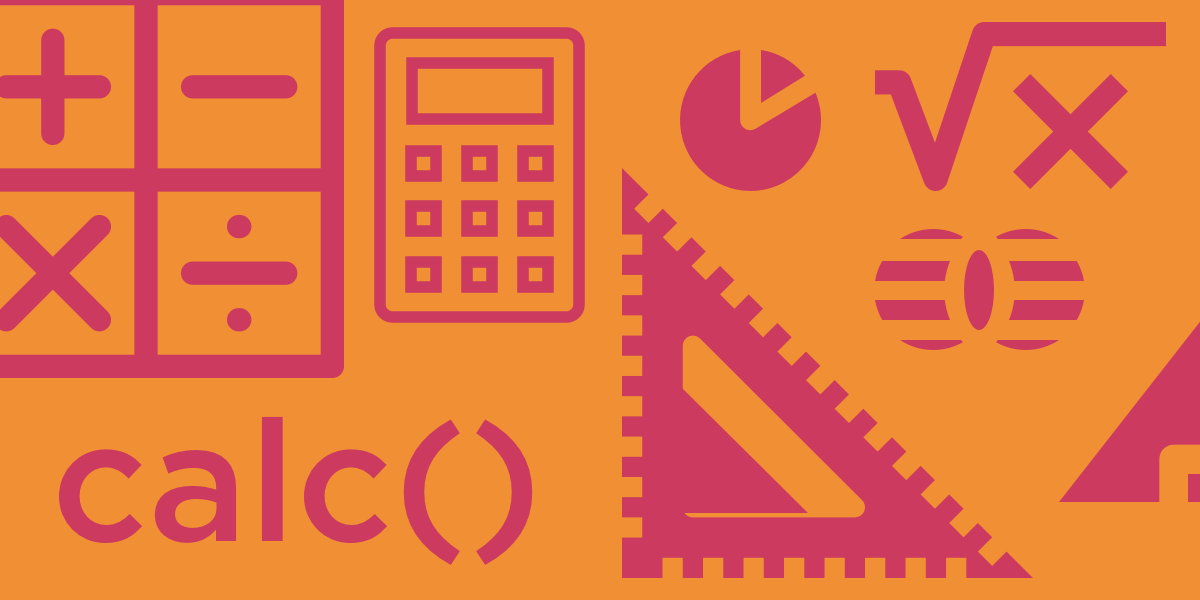
The CSS Calculating Function Guide
CSS has a special calc() function for doing basic math. In this guide, let’s cover just about everything there is to know about this very useful function. …

Working With Colors Guide
There are a lot of ways to work with color on the web. I think it’s helpful to understand the mechanics behind what you’re using, and color is no exception. Let’s delve into some of the technical details of color …